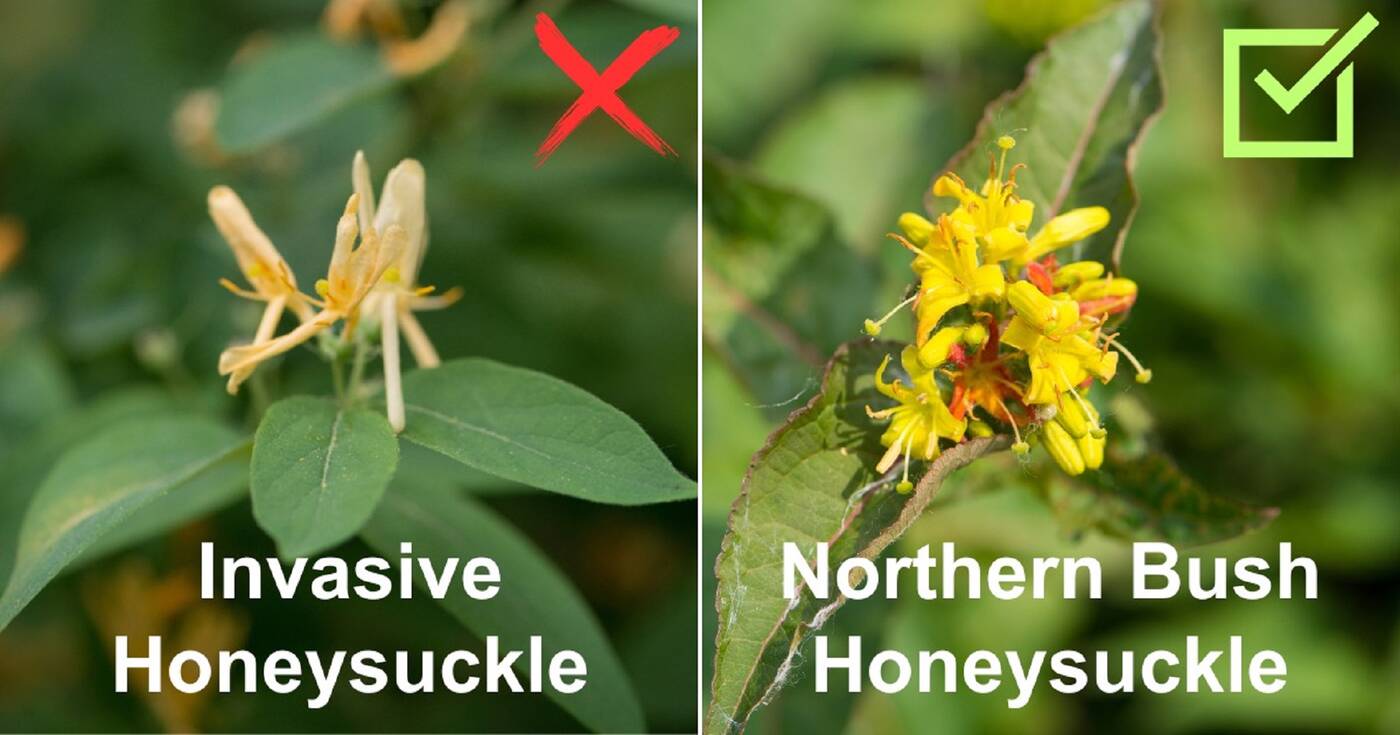
These flowers are invading Toronto and the City wants you to kill them
Those innocent-looking flowers growing outside your home could be an invasive scourge threatening biodiversity in Toronto, and the City wants you to pitch in by killing them on sight.
The City of Toronto's Urban Forestry department is raising awareness about invasive honeysuckle species, warning that introduced species of this otherwise unassuming wildflower are threatening to choke out existing flora and ravage local ecosystems.
The solution to this problem? According to the City, it's as easy as tearing these resource-hogging plants out of the ground.
According to the Invasive Species Centre, there are currently 16 honeysuckle species found in Ontario, of which four are considered invasive.
Among these, the City of Toronto notes species present in Ontario, including Tatarian (L. tatarica), Amur (L. maackii) and Morrow (L. morrowii), which have escaped into natural areas like ravines and fields in the region after being introduced from their native Asia and Europe.
Their longer growing seasons and the shade cover they produce give the plants an evolutionary advantage over native species. These plants grow rapidly and outcompete native species for water, nutrients, and other resources, while their chemical allelopathic qualities can further push out competition.
You can distinguish these pesky plants from their innocent native cousins by the invasive species' simple leaves and complex flowers that can be white, yellow, pink or red; thornless branches; and orange to red berries that often persist through winter.

The plants can be hard to tell apart, but there are a few key things to look out for.
The calling card of these invasive honeysuckle species are hollow piths similar to a straw, while native honeysuckle species generally have a whole inner pith.

The local, non-invasive version of the plant has a whole inner pith, while the invasive version looks more like a straw.
According to a recent Facebook post by the City's Urban Forestry department, "you can help manage the spread of invasive Honeysuckles on your property by hand pulling saplings and small shrubs, including the roots, and tamping down the soil to decrease soil disturbance."
Urban Forestry adds that "larger shrubs can be pulled out with weed wrenches, or by digging out the entire plant. Shrubs can be left on site if the soil is removed from roots and the roots have dried out, but ensure that berries are disposed in the garbage (not compost)."
City of Toronto
Latest Videos
Latest Videos
Join the conversation Load comments







